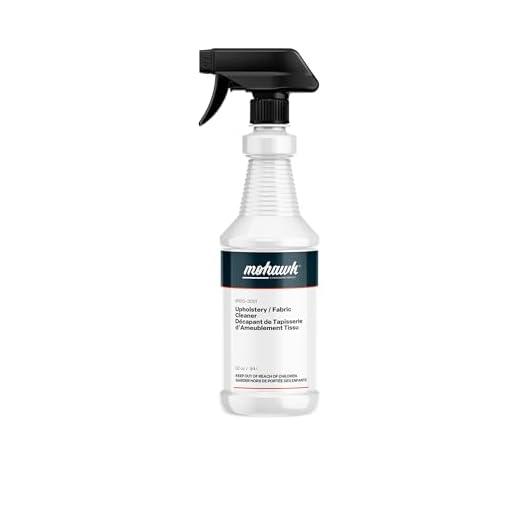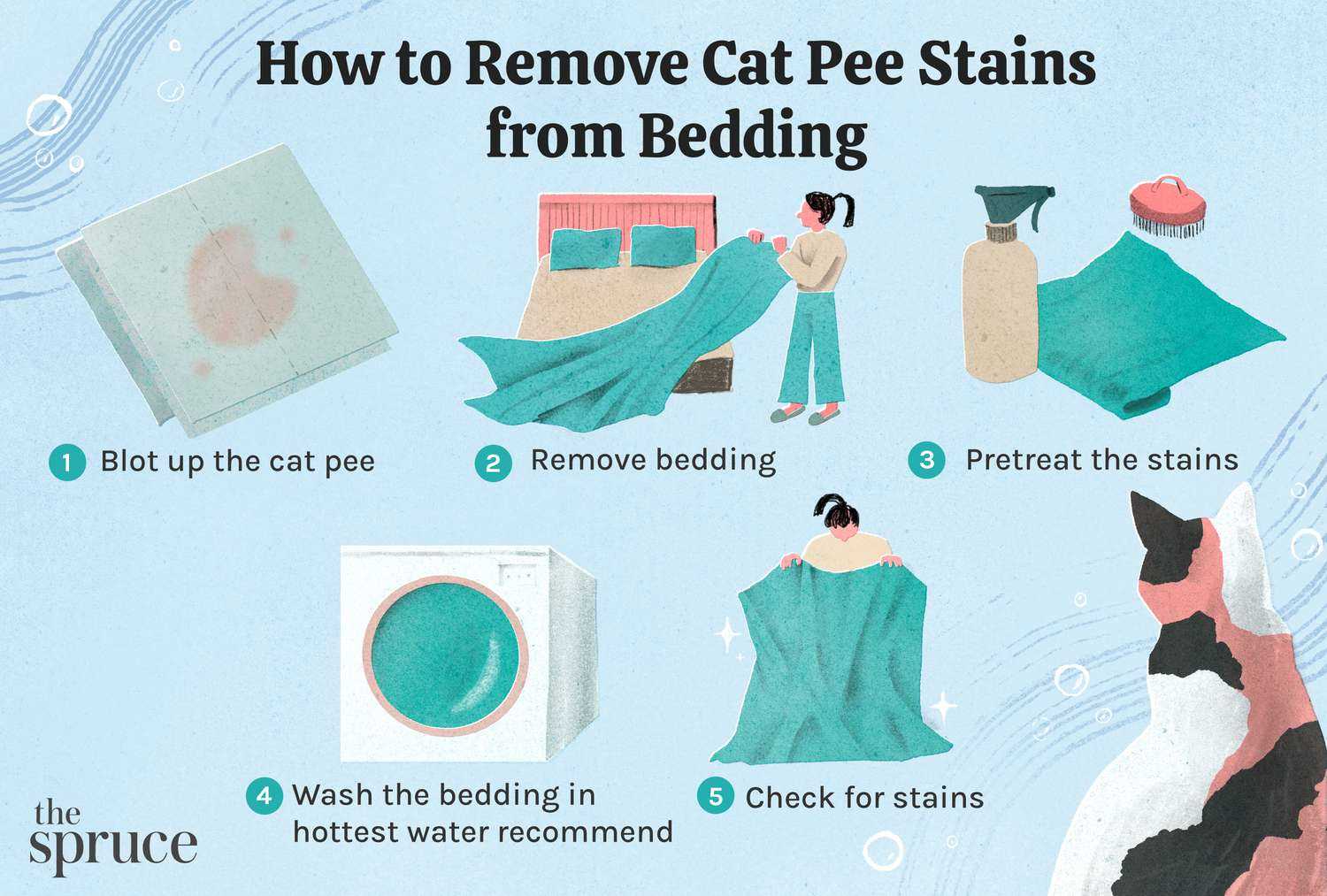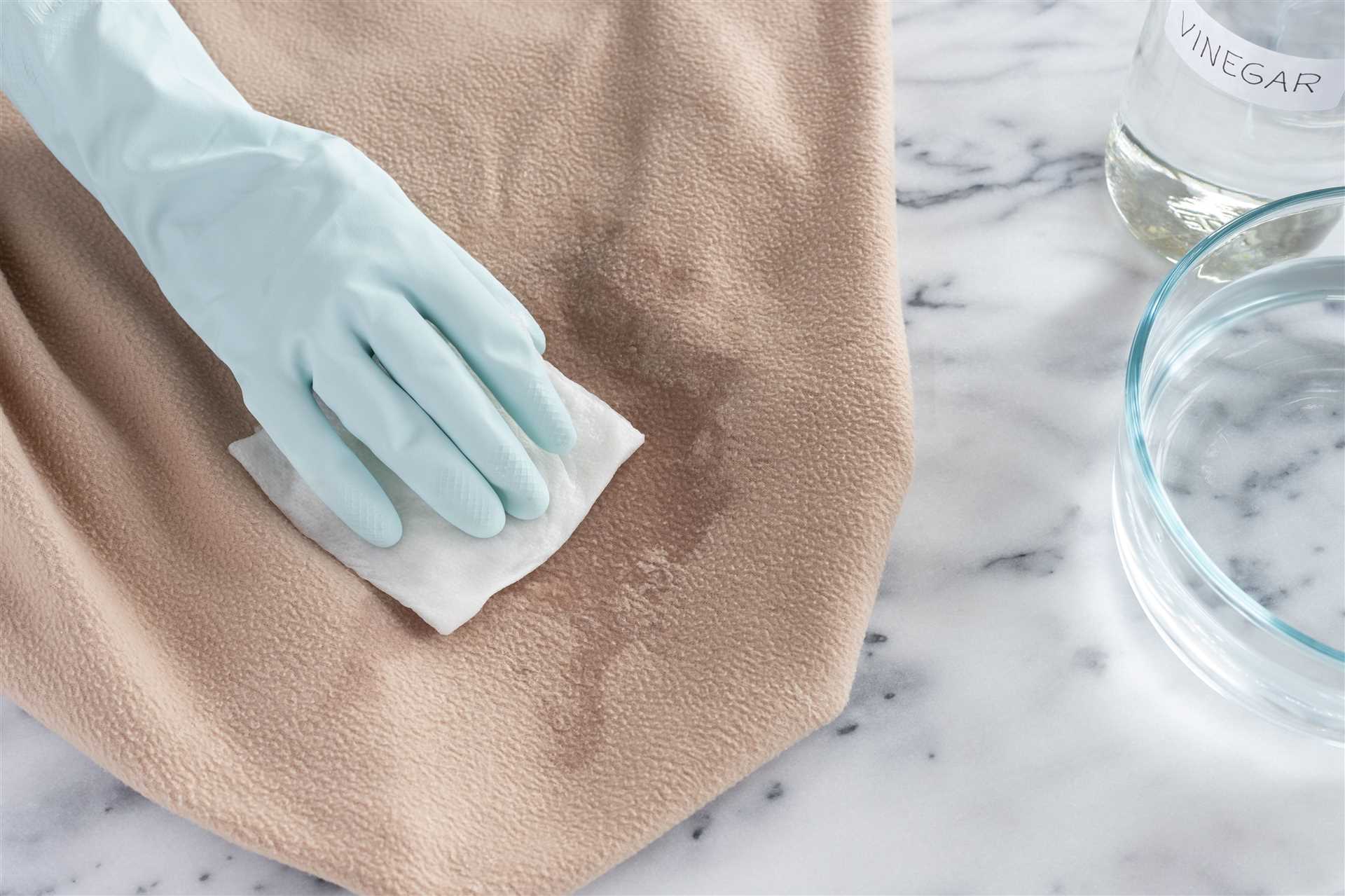



First, grab some white vinegar. Mix equal parts of this vinegar with water in a spray bottle. Lightly mist the affected area and let it sit for about 10 minutes. This natural solution can help neutralize troublesome scents effectively.
Next, sprinkle baking soda over the damp area after the vinegar solution has dried. This powder absorbs odors and moisture, working wonders on textiles. Leave it for several hours or overnight, then vacuum it up.
If the odor persists, try an enzyme-based cleaner. These products break down the molecules causing the unpleasant aroma. Apply according to the instructions on the label, ensuring it penetrates the fibers well.
Lastly, air out the item in a well-ventilated space. Fresh air and sunlight can do wonders in eliminating lingering odors. Regular washing with a high-quality detergent can also keep your fabrics smelling fresh.
Tips for Tackling Unpleasant Odors on Textiles
Start with a solution of white vinegar and water in equal parts. Spray this mixture generously on the affected area. Let it sit for about 10 minutes and then blot with a clean cloth.
Enzyme Cleaners

Consider using enzyme-based products specifically designed for organic stains. These break down the odor-causing substances effectively. Apply according to the instructions and allow it to work for the recommended time.
Natural Absorbents
- Baking soda is excellent for neutralizing odors. Sprinkle a generous amount over the area and let it sit for several hours or overnight before vacuuming it up.
- Activated charcoal can also absorb unwanted scents. Place small bags of charcoal near the stained area to help eliminate lingering odors.
For stubborn issues, repeat the process as necessary. It may take a few attempts to fully restore the freshness of your textiles.
Identifying the Affected Fabric Type
First thing to do is check the label. Different materials react uniquely to cleaning agents. Cotton and polyester blends are generally more forgiving, while silk and delicate fabrics require extra care. If it’s a dark fabric, do a spot test with any cleaning solution to avoid discoloration.
Common Fabric Types
For upholstery, wool is tough yet can absorb odors deeply. Synthetic materials like nylon and acrylic may be easier to clean. Linen, while luxurious, can retain scents; treat it gently. For clothing, denim is resilient, while items made of rayon might need special handling.
Special Considerations
When dealing with vintage or heirloom textiles, consult a professional cleaner. They can offer tailored solutions to preserve the integrity of the fabric. Avoid harsh chemicals on any antique material as it can lead to irreversible damage.
Gathering Necessary Cleaning Supplies
Start with an enzymatic cleaner specifically formulated for tackling odors. These products break down the compounds causing the unpleasant scents. Look for options available at pet stores or online.
Additional Items to Consider
Keep baking soda handy. It’s a natural odor absorber and can work wonders alongside the enzymatic cleaner. Vinegar is another powerful ally; it neutralizes odors effectively and can be mixed with water for a cleaning solution.
Tools for Application
A spray bottle will help distribute the cleaning solution evenly. Microfiber cloths are excellent for blotting and soaking up excess moisture. If the fabric is machine washable, make sure you have laundry detergent on hand. For deeper cleaning, consider a steam cleaner, which can help sanitize the area.
Finally, if you’re considering a camera to document your cleaning journey, check out the best canon digital camera below 7000 for capturing those before and after shots!
Blotting the Urine Stain Properly
For effective treatment of a stain, act quickly. Grab a clean cloth or paper towel, and gently press it onto the affected area. Avoid rubbing, as this can spread the liquid further into the material. Instead, let the cloth absorb as much as possible. Change the cloth frequently to ensure maximum absorption.
Technique Tips
Use a blotting motion rather than a wiping one. Start from the outer edges of the stain and work toward the center. This helps contain the affected area and prevents larger spots from forming. If the cloth becomes saturated, switch to a fresh one to continue soaking up the moisture.
Additional Steps
If the stain has dried, lightly mist the area with water to reactivate the liquid before blotting. This can assist in lifting the stain without damaging the underlying fibers. Always follow up with appropriate cleaning solutions once the majority of the moisture is absorbed.
Choosing the Right Cleaning Solution
For tackling unpleasant odors, selecting an appropriate cleaning agent is crucial. Here are some effective options:
- Enzymatic Cleaners: These break down organic compounds, neutralizing odor at the source. Look for products specifically designed for pet-related issues.
- White Vinegar: A natural deodorizer that can help counteract strong scents. Mix equal parts vinegar and water for best results.
- Baking Soda: Known for its absorbent properties, it can be sprinkled on the affected area after cleaning to help eliminate any lingering odors.
- Hydrogen Peroxide: Effective for tough stains and odors, but test on a small area first to avoid discoloration.
Always read labels for usage instructions and safety precautions. Combining different solutions can sometimes yield better results, but ensure compatibility first.
When in doubt, try a small patch test on an inconspicuous area to ensure no damage occurs. This way, you can confidently proceed with the full cleaning process.
Applying the Cleaning Solution to the Fabric
First, ensure the cleaning agent is suitable for the specific textile. Test a small, inconspicuous area to check for colorfastness. Use a spray bottle or a clean cloth to apply the solution directly onto the stained section. Avoid soaking; light saturation is key to prevent damage.
Gently dab the area with a clean cloth or sponge. Blot rather than rub to lift the residue without spreading it further. Repeat this process until the stain and odor diminish.
After treatment, allow the fabric to air dry completely. If any odor persists, a second application may be necessary. Always follow the manufacturer’s instructions for optimal results.
| Step | Action |
|---|---|
| 1 | Test cleaning solution on a hidden area. |
| 2 | Apply solution lightly to the stained area. |
| 3 | Gently blot with a clean cloth. |
| 4 | Allow to air dry fully. |
| 5 | Reapply if necessary. |
Rinsing and Drying the Fabric Correctly

After treating the affected area, rinsing the material thoroughly is crucial. Use cold water to flush out any remaining residues of the cleaning solution. Hold the fabric under running water, ensuring the water flows from the opposite side of the stain to prevent it from spreading further.
Drying Techniques
Gently squeeze out excess water without wringing or twisting. Lay the item flat on a clean, dry towel and roll it up to absorb more moisture. For delicate fabrics, air drying is preferred. Place the fabric in a well-ventilated area, away from direct sunlight to avoid fading. If the material is machine washable, check the care label and tumble dry on a low setting.
Using a fan can expedite the drying process, especially for thicker items. Once dry, inspect for any lingering odors. If needed, repeat the cleaning process. For those planning trips with their furry friends, check out the best cat carrier for large cats to ensure comfort on the go.
Preventing Future Feline Accidents

Regularly trimming my litter box area helps reduce the chances of mishaps. An unkempt space can lead to confusion and accidents. Keep it clean, and I’ll be happy to use it!
Consider multiple litter boxes if you share your home with other furry friends. I prefer having choices; it decreases the chance of unpleasant surprises.
Experiment with different types of litter. Some textures and scents are more appealing to me than others. Finding the right fit can make all the difference.
Pay attention to my behavior. If I seem restless or anxious, it may signal discomfort. Addressing these feelings promptly can prevent issues.
Regular vet check-ups are a must. Health concerns can lead to bathroom problems, so keeping an eye on my wellness is essential.
Providing ample playtime and stimulation keeps me happy and less stressed. Boredom can lead to disruptive behaviors, including accidents.
Establishing a routine can help me feel secure. Consistency in feeding and playtime makes me less likely to act out.
Using pheromone diffusers or sprays can create a calming environment. A relaxed kitty is less likely to have accidents.









